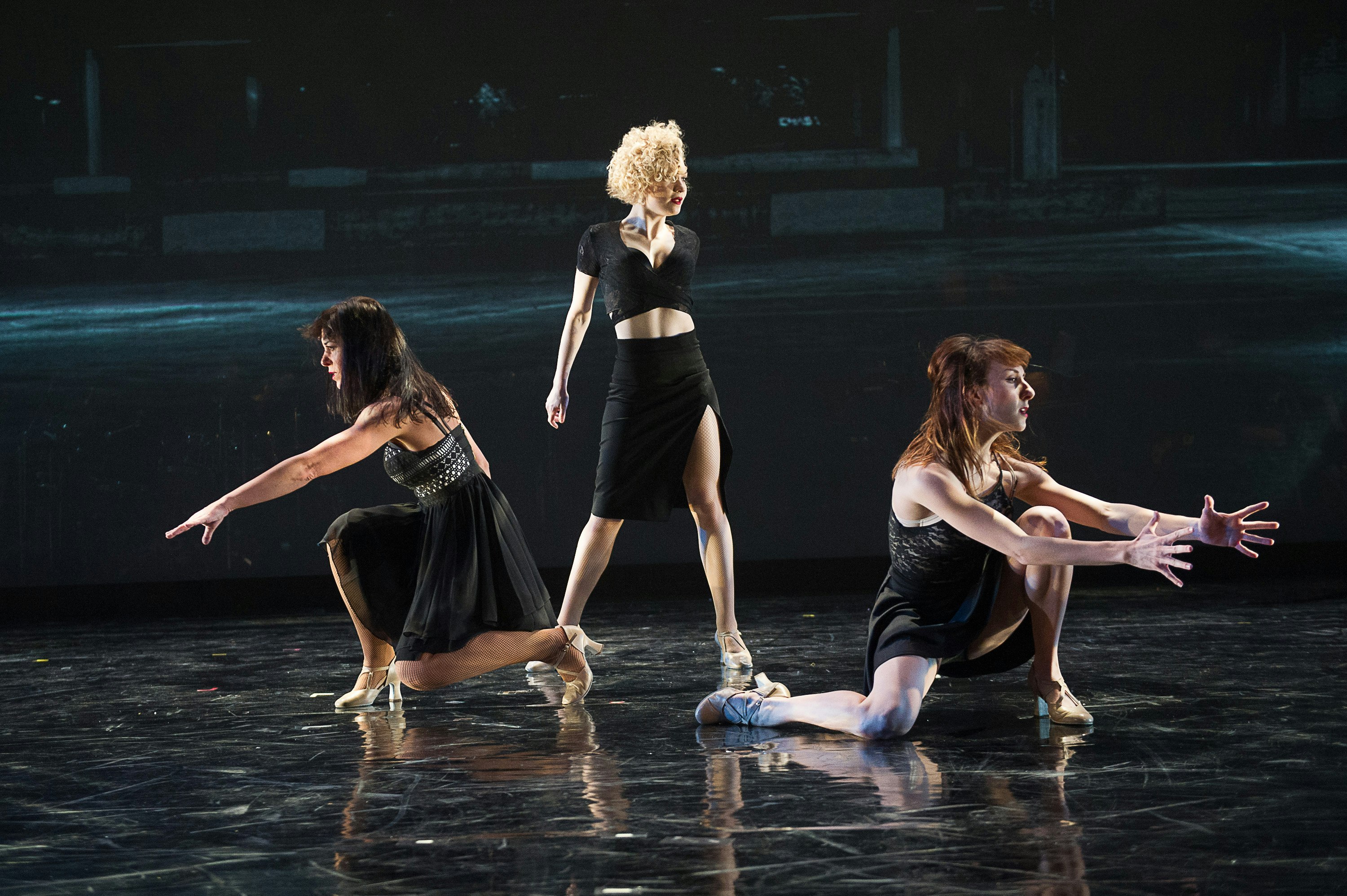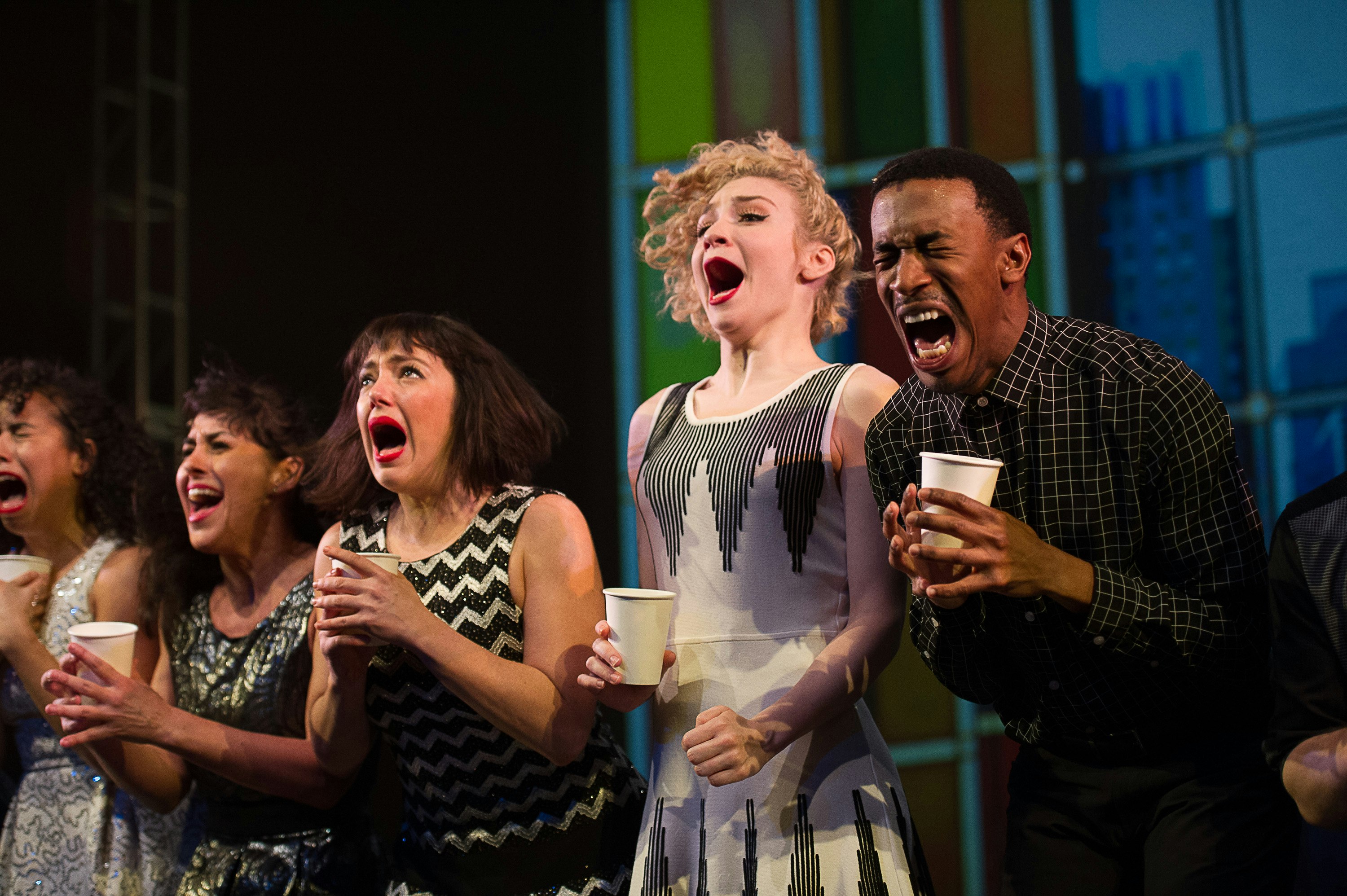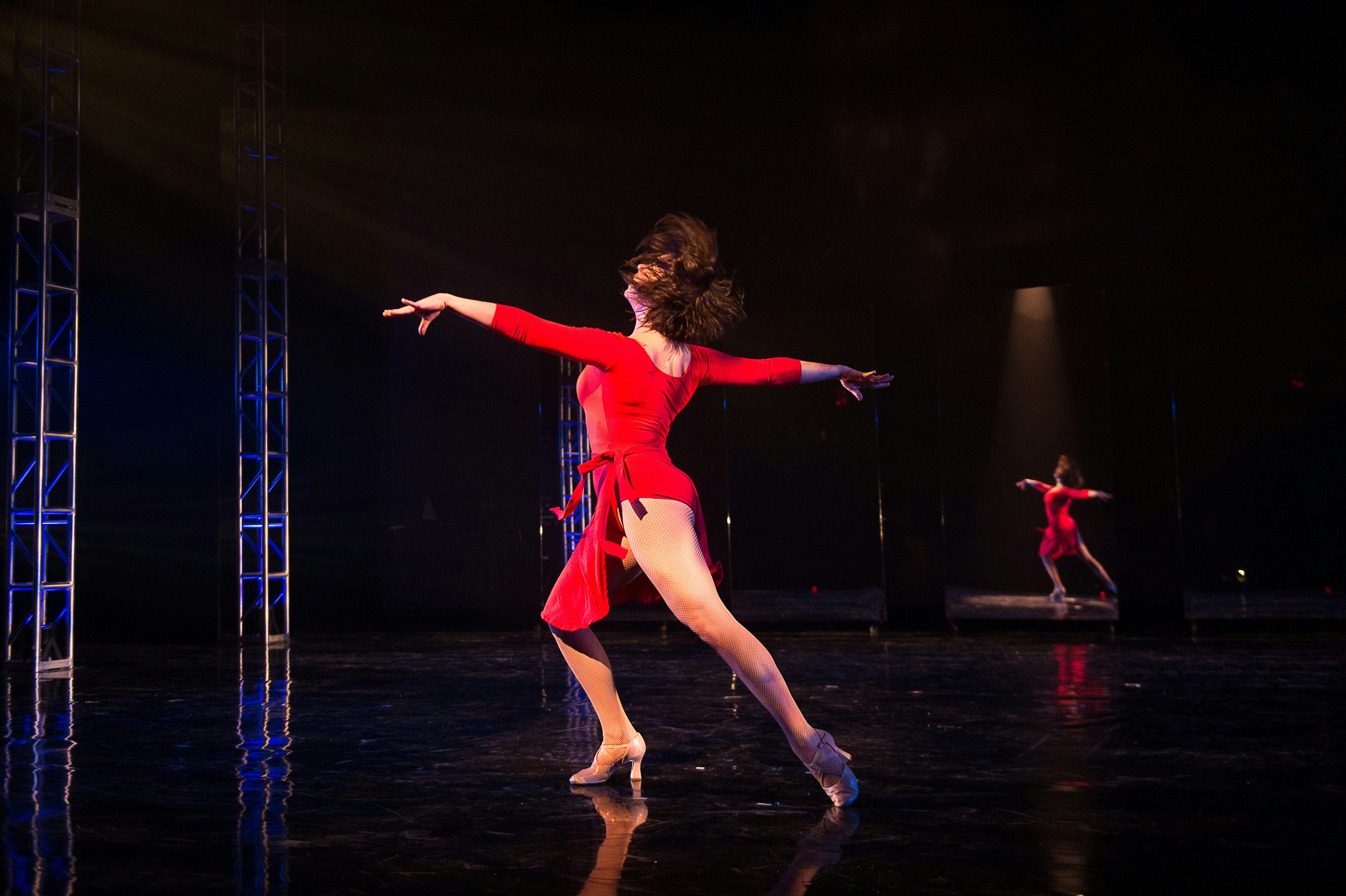American Dance Machine
Adam Murray - Associate Director & Staging
Review: American Dance Machine Offers 70 Years of Steps

The 22 performers of American Dance Machine for the 21st Century are an exceptional crew. You get to know them as vivid individuals, with different strengths, and you see them as a powerfully skilled ensemble that can bring life to one shared style and then another. Leafing through the program afterward, you wish that it had photographs to help you identify them all more easily.
They have to be good (at singing, acting, dancing) to be worthy of their excellent material. The 21 musical numbers from 20 shows, television productions and films (with stagings by 14 choreographers) date from 1944 (Agnes de Mille’s “Dream Ballet,” from “Oklahoma!”) to 2013 (a dance duet by Warren Carlyle, from “After Midnight”). Though it must be difficult to make a well-paced anthology of excerpts from so wide a range, this production succeeds: It’s the best such anthology I’ve seen since “Jerome Robbins’ Broadway” (1989).

Somehow American Dance Machine manages the feat of not just giving you tap, jazz, ballet, boxing, expressionistic gesture and shades of many other showbiz styles, but also making you keenly aware of the stylistic differences. You notice fast-chattering footwork (an ensemble behind the two lead men in “Grand Hotel,” for example); high kicks (Shonica Gooden in the “Sweet Georgia Brown” number from “Bubbling Brown Sugar”); side-tilting pelvises (Bob Fosse’s “Manson Trio,” from “Pippin”); and vividly staccato arm gestures (the “Oklahoma!” dream).
Wayne Cilento, who directs, has made his whole team of performers marvelously sensitive to secrets of style. To those of us who have seen too many high kicks, how do you make them new? The answer, especially visible in Ms. Gooden’s “Sweet Georgia Brown” dancing, seems to lie in context: Be ultraprecise with the small steps, then knock ’em dead with the big ones. Do we need a number by a British choreographer in this show, which otherwise celebrates American dances? Georgina Pazcoguin makes so sleekly poetic a case for Gillian Lynne’s short but lithe “White Cat Solo,” from “Cats,” that the answer is yes.
In the “Oklahoma!” ballet, Amy Ruggiero runs in to arrive, immediately, in a lift on Marty Lawson’s chest: Their relationship is there before you in an instant. That’s a device de Mille took from her friend Antony Tudor, and those fast-punched but interrupted arm gestures are taken from her friend Martha Graham. (In one step, women rush across the stage, miming a shout with one fixed hand while making a proclamation with the other). The scene — making you admire all three choreographers all the more — evokes a whole bygone era of modernism, when psychoanalysis and dance were setting up home together.

The ultracontrolled jazz style of the “West Side Story” “Cool” number, by Jerome Robbins, packs a fresh punch; this is an item everyone knows and yet, at the Joyce, you notice Robbins’s skillfully geometrical division of groups and crossplay of rhythms as if for the first time. I began by resenting Susan Stroman’s setting of “Slap That Bass” (from “Crazy for You”) because I’m familiar with Fred Astaire’s unmatchable original version, and yet I surrendered to the spell cast by a section in which Ms. Stroman charmingly, fleetingly, turns the women into basses. (Clever lighting by David Grill clinches the transformation.)
While some excerpts make you wish you could see the original show, others may be even better out of context. “Cats,” “The Who’s Tommy” and “Pippin” aren’t shows I long to revisit, but small chunks of them here make very fine impressions. (Though I adore “Kismet,” I must confess that the “Rahadlakum” dance here tips an ethnic caricature into crudity, but it’s short and happy.) “Mr. Monotony” is a song and dance to Irving Berlin music that Robbins reluctantly cut from several shows over the years before finally staging it in “Jerome Robbins’ Broadway”; I remember admiring it then, and I do so more now. (Ms. Pazcoguin, who appears courtesy of New York City Ballet, takes amazingly sudden-death risks in acrobatic lifts and rapid backbends.)

This is a dense show, lasting just two hours. I hope to revisit it, to learn more from what passed all too quickly. I’ve mentioned some names; I must also single out Lori Ann Ferreri (whose long “The Music and the Mirror” solo, from “A Chorus Line,” brings the whole evening to a climax just before the finale), Tyler Hanes, Justin Prescott and Nicholas Palmquist — and I could go on with others. You can’t help wanting to see these performers and this material on a stage twice the size — but that adds to the fun of seeing it at the Joyce. The little theater keeps feeling ready to burst.
